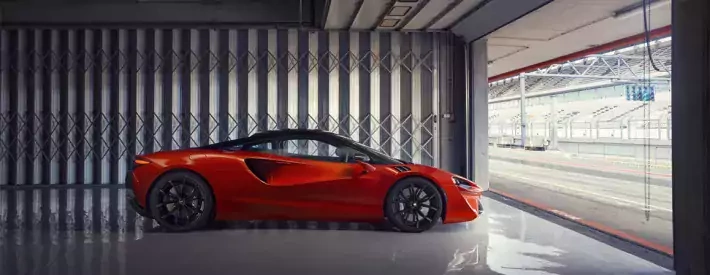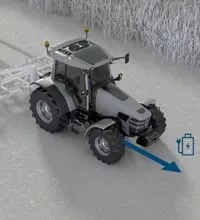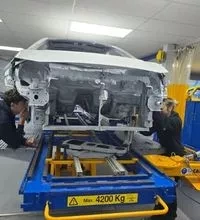High-performance electrification: Underneath the McLaren Artura

The industry is accelerating towards electrification, none faster than McLaren with its plug-in hybrid McLaren Artura supercar
The move to electrified vehicles is gaining pace, you only have to look at the cars that VW is producing and has in its plans over the coming years. And let’s not forget that Jaguar Land Rover has announced plans to become electric only in the future.
The transition is arguably easier for mainstream vehicles in many respects, but for high-performance vehicles it can be more difficult. Traditional supercar buyers like the purr of a combustion engine.
McLaren is changing that. The company is using electrification to not only improve efficiency, but boost performance too, and its latest McLaren Artura is the company’s first series production supercar. Yes, there was the McLaren P1, but the Artura should be more mainstream – as much as that’s possible with a £185,000 car.
So what’s powering the McLaren Artura?
Still burning fuel
At the heart of the Artura’s powertrain is McLaren’s all-new, 2,993cc twin-turbocharged V6 petrol engine. With a power output of 585PS – nearly 200PS per litre – and 585Nm of torque, the dry-sump aluminium engine is compact and lightweight. At only 160kg it weighs 50kg less than a McLaren V8 and is significantly shorter.
Designed to run with a Gasoline Particulate Filter to optimise emissions performance, the M630 engine has a 120° v-angle of the engine, which allows the turbochargers to be positioned within the ‘hot vee’, contributing to a lower centre of gravity. The 120° layout increases engine performance by reducing the pressure losses through the exhaust system and allows for a stiffer crankshaft that enables a rev limit of 8,500rpm, maximising performance.
Sparking interest
Working with the V6 is the Artura’s axial flux electric motor, located within the transmission bell housing. Smaller and more power-dense than conventional radial flux technology, it’s capable of generating 95PS and 225Nm and boasts a power density per kilo 33% greater than the system used in the McLaren P1.
Instantaneous torque delivery is well known with electric motors and McLaren has used it to sharpen the Artura’s throttle response. On the road, or perhaps on the track, that means 0-62mph in 3.0 seconds.
The combustion and electric systems are integrated using an engine disconnect clutch, driving a dual-clutch transmission, developed specifically for the Artura. Despite having one more ratio than the existing McLaren transmission – to optimise power and torque delivery – the short-ratio gear cluster is 40mm shorter. And there’s a quirk in the design; there’s no reverse gear – the electric motor takes care of reversing by rotating in the opposite direction.
Storage space
Electricity is supplied by a battery pack comprising five lithium-ion modules, offering a usable energy capacity of 7.4kWh and a pure EV range of 30km. The battery is refrigerant cooled using cooling rails, and the assembly – including a power distribution unit which transfers battery power from the rear of the vehicle to the ancillaries in the front – is mounted on a structural carbon fibre floor. This assembly is then bolted onto the rear base of the monocoque, optimising stiffness, weight distribution and crash protection.
The shift to electric is going to gain serious pace in the coming years, and not even high-performance cars can ignore it, which is why it’s important that vehicle’s such as the McLaren Artura begin the adoption process now.




